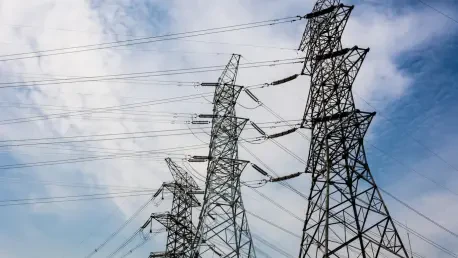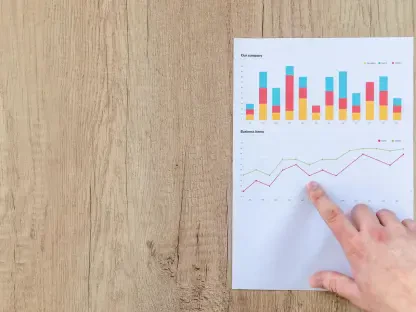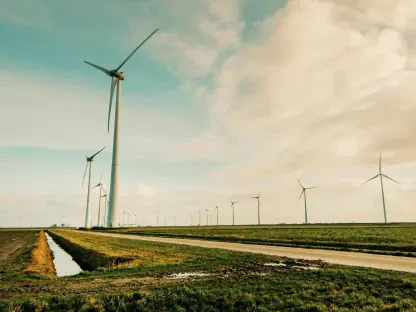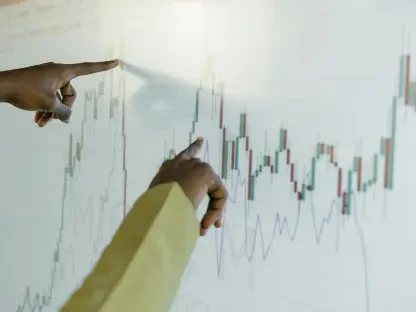In today’s interview, we are joined by Christopher Hailstone, a leading expert in energy management and grid reliability. Christopher is here to shed light on a recent analysis by the North American Electric Reliability Corp. (NERC) regarding the Midcontinent Independent System Operator’s (MISO) reliability risks. This conversation will navigate through the intricacies of data analysis errors and their broader implications on energy markets.
Can you explain what led to the discovery of the data mismatch in MISO’s reliability assessment?
The discovery of the data mismatch arose when NERC, in collaboration with other stakeholders, was conducting a deeper review into MISO’s reliability assessments. It turned out that the data submitted overstated the energy shortfall risks, and this triggered a re-analysis. During this, it became clear that there were discrepancies in how demand response and capacity imports were reported.
How did NERC reclassify the MISO footprint risk after correcting the data mismatch?
Following the correction of this data, NERC reclassified the MISO footprint from a “high risk” to an “elevated risk.” This modified classification indicates that while MISO meets the necessary resource adequacy criteria, challenges remain during extreme weather conditions that may cause reserve shortfalls.
What is meant by “elevated risk” in the context of NERC’s reliability assessments?
An “elevated risk” denotes a situation where the area in question meets standard resource adequacy criteria under normal conditions, but has a likelihood of experiencing reserve shortages amid extreme weather incidents. It reflects a scenario that, while not immediately critical, requires attention for margin improvements.
How did the initial December assessment categorize MISO’s reliability risk, and what was the reaction from MISO’s market monitor?
In December, the reliability assessment positioned MISO’s risk as high, pointing to potential energy shortfalls even during normal peak times. However, this was contested by MISO’s market monitor, who questioned the assessment’s accuracy, suggesting the numbers did not align with MISO’s actual capacity and conditions.
David Patton mentioned discrepancies in the assessment related to demand response and firm capacity imports. Can you elaborate on these discrepancies?
According to David Patton, NERC’s initial assessment significantly undervalued MISO’s capacity in areas such as demand response and firm capacity imports by over 8 GW. Moreover, assumptions included possible plant retirements that hadn’t taken place, adding to the inflated sense of risk.
What steps is MISO taking to explore the cause of the mismatched data?
MISO is currently in close contact with NERC to delve into the reasons behind the data discrepancies. They have expressed their commitment to collaborating on this issue, ensuring that such discrepancies are addressed thoroughly in their assessment processes moving forward.
How is NERC planning to improve its data validation process to prevent similar issues in the future?
NERC has acknowledged the oversight in their data validation process and is actively working to refine this aspect. They are focusing on enhancing collaboration with entities like MISO and the Midwest Reliability Organization to ensure that data submitted is cross-verified more effectively before assessments are concluded.
Will the corrected version of the 2024 Long-Term Reliability Assessment impact any other reports, such as the 2025 Summer Reliability Assessment?
According to NERC, the error identified in the 2024 Long-Term Reliability Assessment did not affect the 2025 Summer Reliability Assessment. The issues were isolated, allowing NERC to maintain confidence in its other assessments.
According to the May report, how does MISO’s current supply capacity compare to last summer?
The May report indicated that MISO has less supply capacity compared to last summer. However, they anticipate peak demand to reach around 123 GW, with approximately 138 GW of regularly available generation, which highlights both potential challenges and room for leverage.
What are David Patton’s views on NERC’s benchmark for classifying MISO’s risk level?
Patton has voiced concerns over NERC’s benchmarks, questioning the criteria that define “elevated risk.” He underlined MISO’s large interface capability with neighboring areas, which provides critical flexibility during extreme events, suggesting that the risk might be moderate to low instead.
Why does Patton believe that the risk of being short of reserves during extreme events does not necessarily indicate an elevated or high risk?
Patton considers this scenario a characteristic of well-functioning competitive electricity markets. He believes that being short of reserves during extreme events doesn’t automatically imply elevated risk, as markets are designed to handle fluctuations efficiently.
How important is the interface capability with neighboring areas for MISO during extreme events, according to Patton?
Patton emphasizes that MISO’s interface capability with neighboring areas is crucial, especially during extreme weather events. This robust connectivity allows for additional resource sharing, offering greater flexibility and reinforcing the overall reliability of the electricity market.
Do you have any advice for our readers?
Understanding the nuances in energy reports and data is essential. Stay informed and critically assess how such data impacts long-term energy reliability and market conditions. Engaging with these discussions is vital in shaping a more resilient and responsive energy ecosystem.









